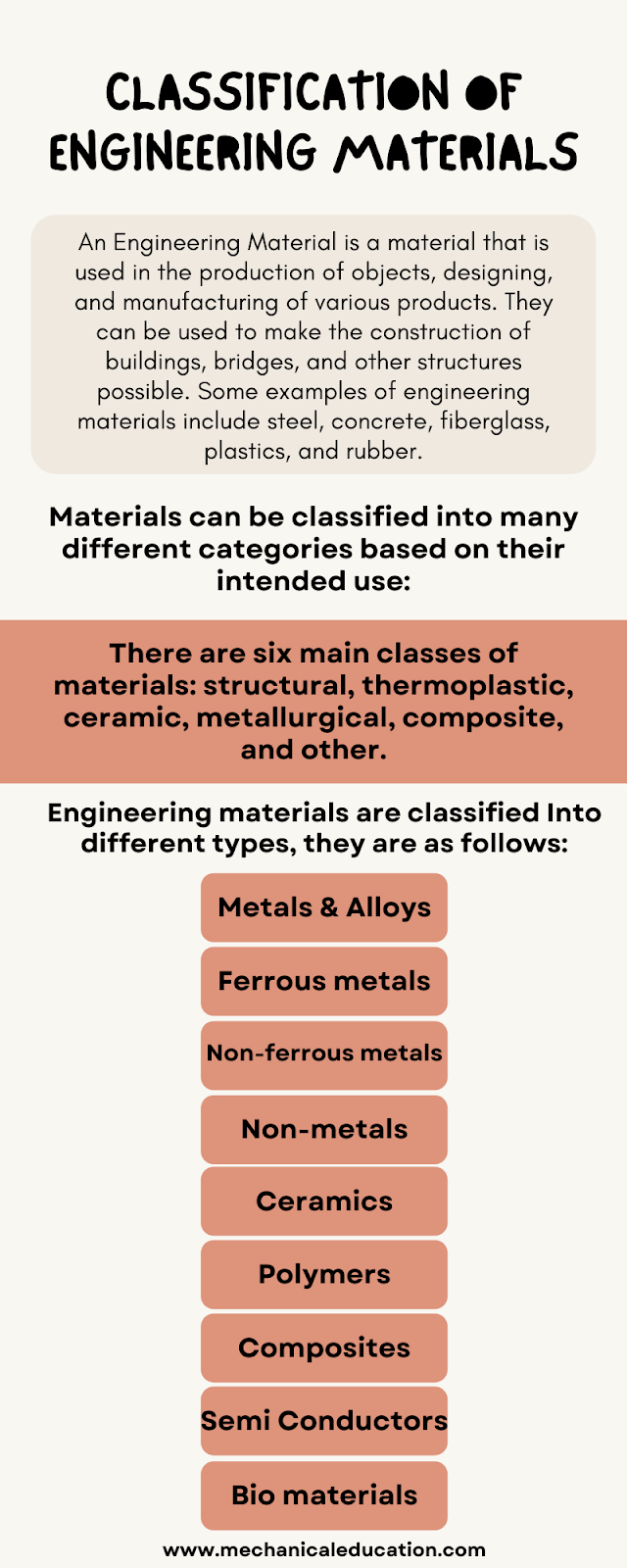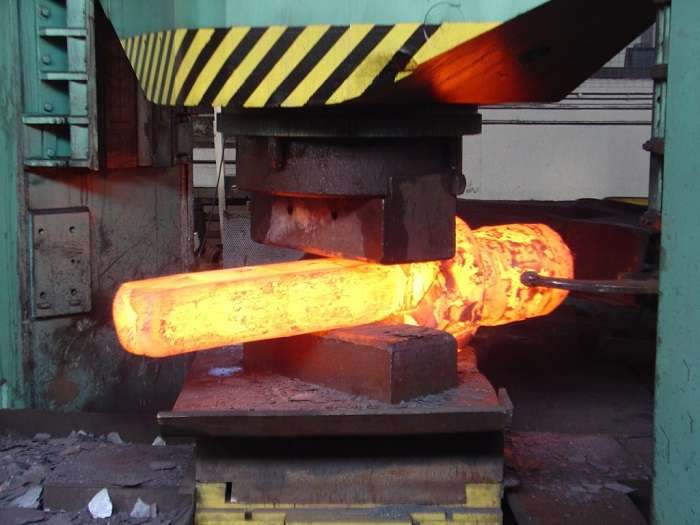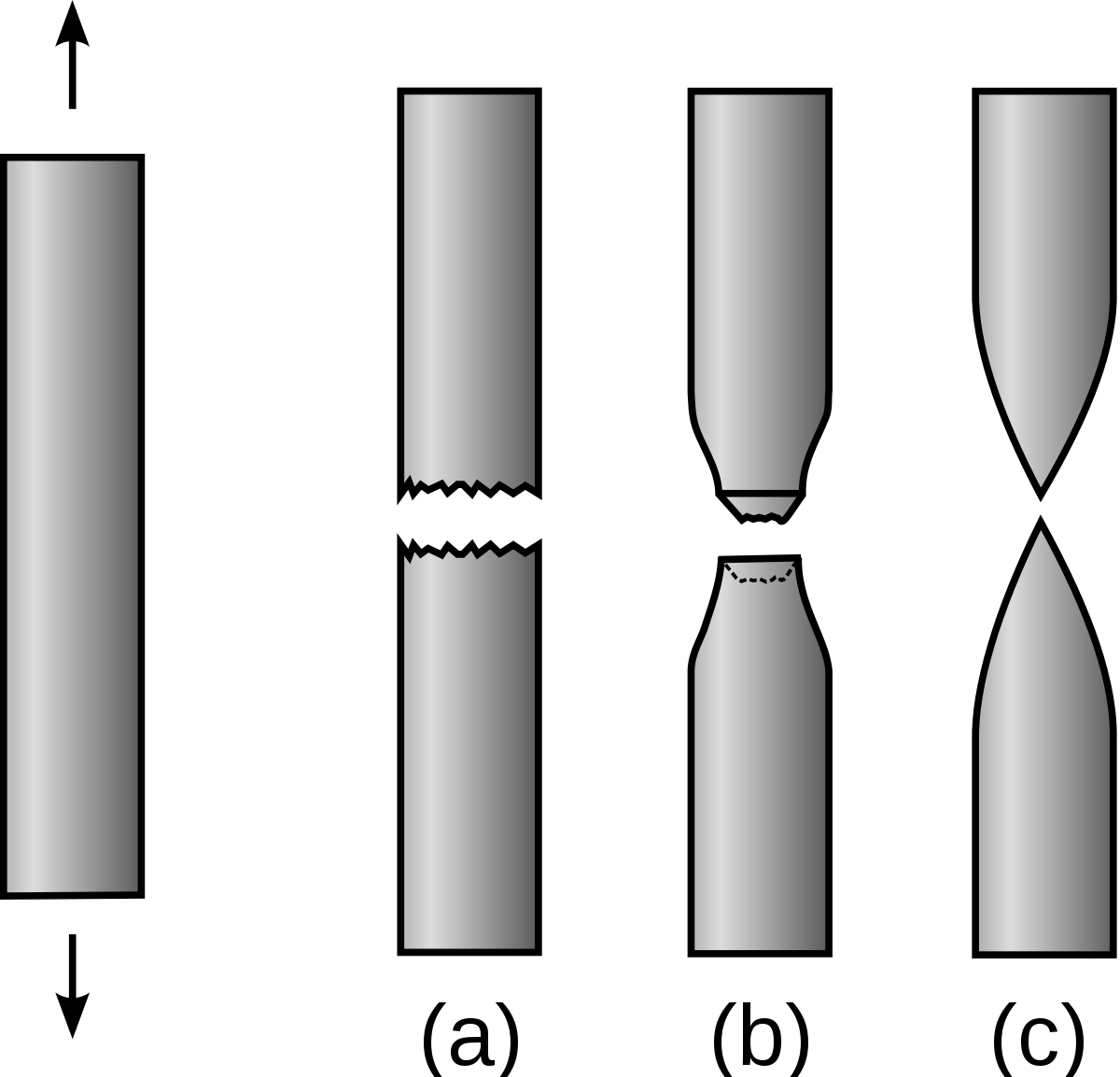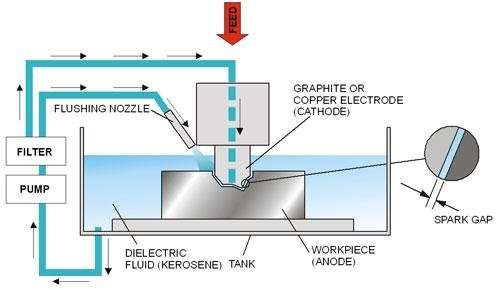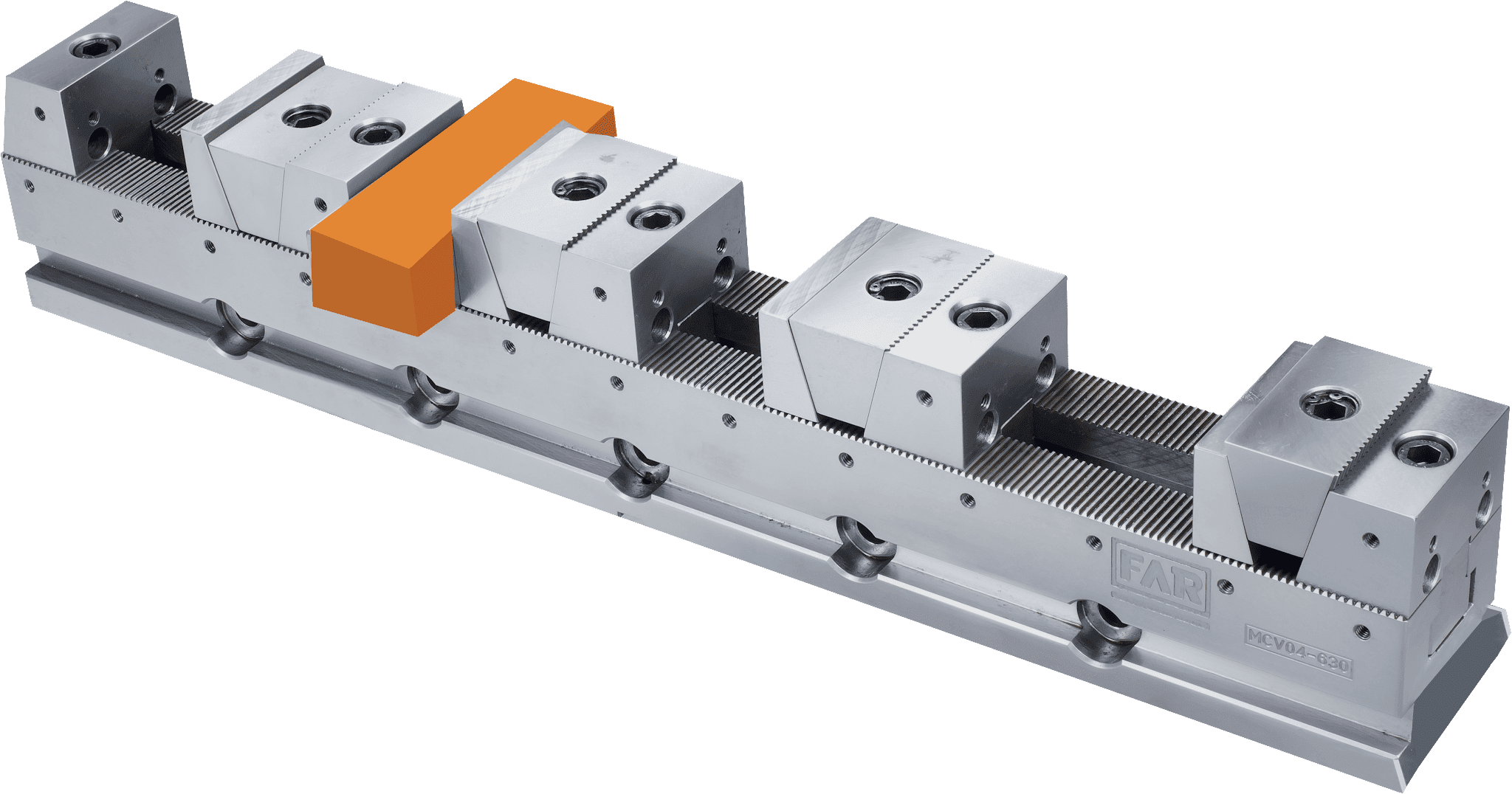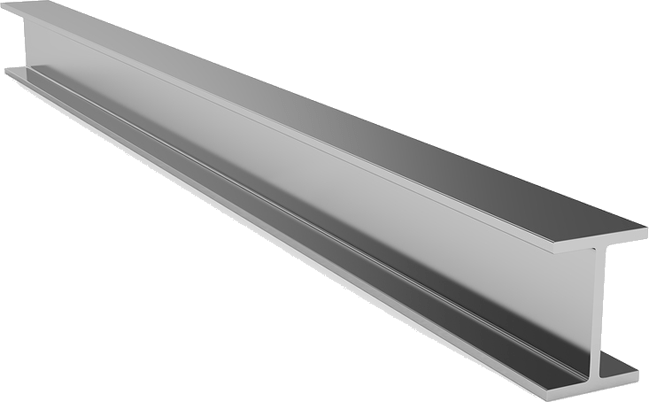Difference between Isotropic and Anisotropic materials?
The main differences between isotropic and anisotropic materials is their mechanical behavior. Isotropic materials have the same mechanical properties in all directions, while anisotropic materials have different mechanical properties in different directions.
